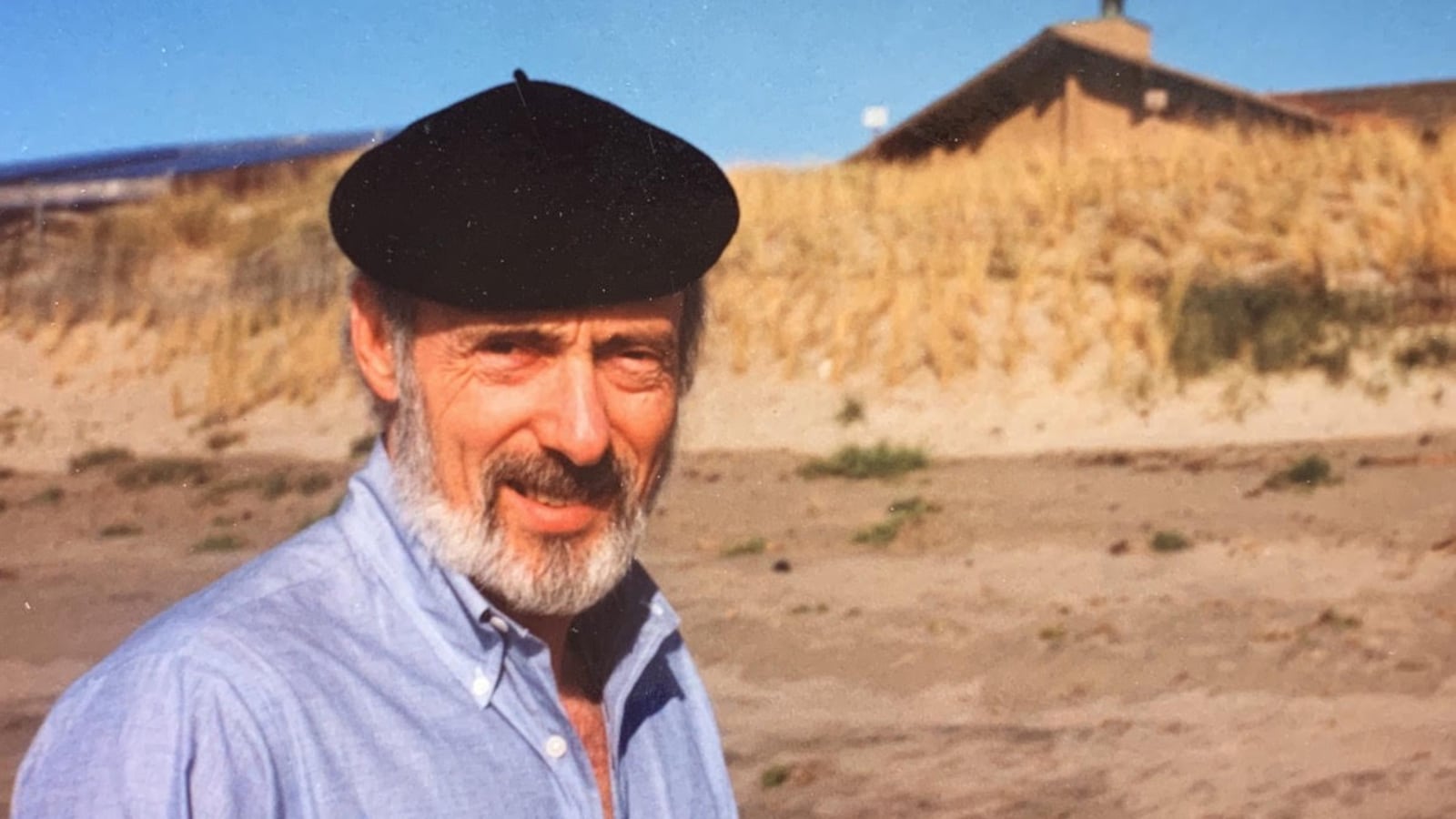My friend, David K. Cohen, died on September 23. A prolific scholar of teaching, learning, educational reform, and social policy, David was a renowned writer and beloved teacher and mentor.
Many have studied teaching and educational policy. But David’s work was special for reasons that enriched my life and education scholarship.
First is his capacious understanding of education, schooling, teaching, and learning. Most scholars have disciplinary perspectives – they are sociologists or psychologists, anthropologists or historians. Over the course of his career, David drew on and used an increasingly wider set of lenses to understand education, putting them together in creative ways to understand why a truly democratic education is so hard to realize.
Each essay and book took a different tack. When I first met David, he was working on an essay in which he explored how teaching, like psychotherapy, is based on the belief that human beings can improve themselves. For teachers, this means that while we are sometimes part of the problem, we are also always the solution, as it is in our classrooms that children learn.
In that essay, he noted that the work of teaching is characterized by dependence between the practitioner and the client. Like psychotherapists, teachers cannot succeed alone; learners must willingly take part. Further, educators and students need to work within systems that are designed to support their learning.
These ideas had profound implications. It was the 1980s, and reformers were excited about making our education system more rational. But they were not thinking about the role of students in that reinvention. Nor did they understand that if teachers are both the targets and agents of reform, professional development cannot aim to “fix” them, but instead must enhance and release their capacity to reform their own practice over time. Half day workshops with textbook developers won’t do.
Constant throughout was David’s concern with race and inequality. He began his career as director of the Race and Education Project for the U.S. Commission on Civil Rights, where his research established both how Northern schools preserved segregation by redrawing school district attendance boundaries and how early federal funds targeted toward under-resourced schools did not greatly improve instruction. Understanding how this happens and what we can do differently was a theme of his life’s work.
Second was David’s commitment to being both intellectually generous and critical. Philip Cusick once wrote that the scholar’s job is not to offer high-minded critiques of what various stakeholders are doing wrong, but rather to describe what we do and why it makes sense. David spent his life doing that, offering thick descriptions of teaching and schooling that revealed their weaknesses and also explored their complexities.
When I met David in the mid 1980s, he and his colleagues Arthur Powell and Eleanor Farrar had just published “The Shopping Mall High School,” which portrayed high schools as places ensured that there was something for everyone and bargained with students to ease the burden of learning. In remarkably engaging prose, the analysis painted a complex portrait of overworked and (sometimes) undereducated teachers, and schools vulnerable to the winds of whatever educational reform caught the fancy of school boards or policymakers.
David and his colleagues helped it all make sense, arguing that the greatest strength of the American public secondary schools was their flexibility and ambitiousness, resilience and receptiveness. The authors also pointed out that these strengths were directly tied to schools’ greatest weaknesses: that we do not take all students seriously, and that our embrace of all ideas frustrates any attempt at excellence. Thus, they explained both why American high schools work, and why the very things that make them work can also contribute to making schools worse.
David was not pessimistic, and he always held out hope for making progress. In an essay about the efforts of a teacher in California to reform her mathematics instruction, David both showed how one remarkable teacher worked alone in her classroom to make fundamental change in her practice, and illuminated how deep change would require her to have more time, coaching, professional community, materials, aligned policy, administrative support, and resources.
Third was David’s lifelong commitment to teaching. Over 50 years, David mentored several generations of education scholars. For several years at Michigan State, I co-taught a doctoral seminar with him and collaborated on a large, sprawling research project. He taught me a lot, but never treated me like a “junior” colleague. I had never planned so thoroughly in my life; he was consumed with any seminar he was teaching and thought about it constantly.
Most recently, he was co-teaching a course entitled Social Problem Solving: African Americans and Education in the United States. For David, “doing justice” to the topic meant centering the voices of scholars of color. He did this both by co-teaching the class with a Black female scholar, Daphne Penn, who lived the issues tackled in the course, as well as reading the work of Black intellectuals. Given the issues that we face as a nation, Daphne and David were revising the class to offer again this coming year, as Daphne explained, “it was our responsibility.”
My friend has died, but his ideas have shaped us, both through his writing and through the students and colleagues whose writing and practice extends and enhances his.
David’s uncanny insight into the core of classroom instruction – teaching’s complexity, the interdependence of teachers and students, the indirect and often weak relationships between policy and practice, and the wide array of resources necessary to build a functional educational system – has forever influenced our pursuit of the American dream of an equitable education for all.
Dr. Suzanne M. Wilson is a Neag Endowed Professor of Teacher Education at the University of Connecticut.



